Surveying the impact on birds
As a part of the Natural Environmental Protection and Recovery Project, MOL has been conducting a survey of the impact on birds in cooperation with Yamashina Institute for Ornithology and BirdLife International Tokyo. Hereunder, we would like to introduce a column by Masayoshi Kamioki, a Research Fellow at BirdLife International Tokyo*, who has been conducting local survey in Mauritius since October 25. In order to restore Mauritius' original, beautiful nature and ecosystems, MOL will continue its contributions to support the recovery of the environment.
- [Surveying the impact on birds]
-
Masayoshi Kamioki,
Research Fellow, BirdLife International TokyoThe most famous bird in Mauritius is the "dodo" we remember from Alice's Adventures in Wonderland and "Pokémon." T-shirts and ornaments with the "dodo" design are lined up in rows at souvenir shops. However, the dodo went extinct about 300 years ago due to overhunting and deforestation by settlers.
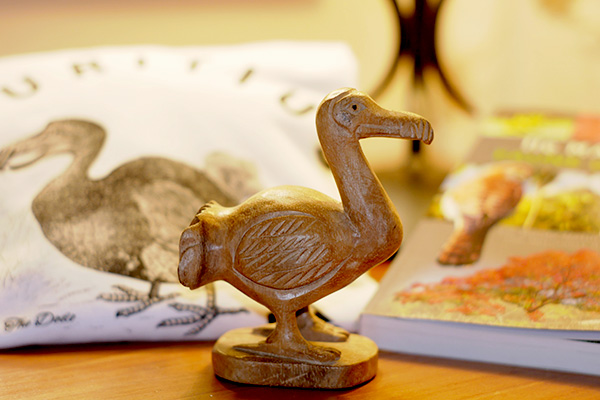
A carved wooden dodo 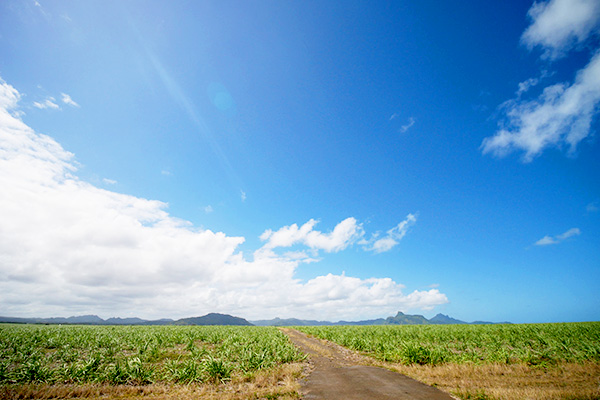
A vast sugar cane field found throughout the island Even now, the island's original environment has been damaged by resort development, sugar cane fields covering most of the island, and invasive alien species. Today, less than 20% of the land is forested (and only about 2% of the native forestland remains), a far cry from the days when forests covered the entire country.(Note1) Rare endemic species such as the Pink Pigeon, Mauritius Kestrel, and Mauritius Fody inhabit the small areas of surviving forest, and conservation activities are underway by the National Parks and Conservation Service(Note2) and The Mauritian Wildlife Foundation(Note3).
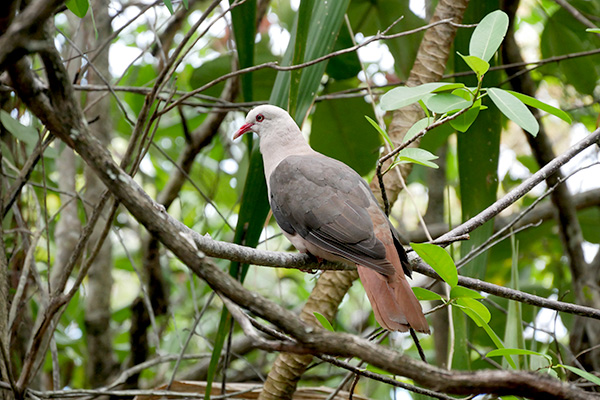
Pink Pigeon 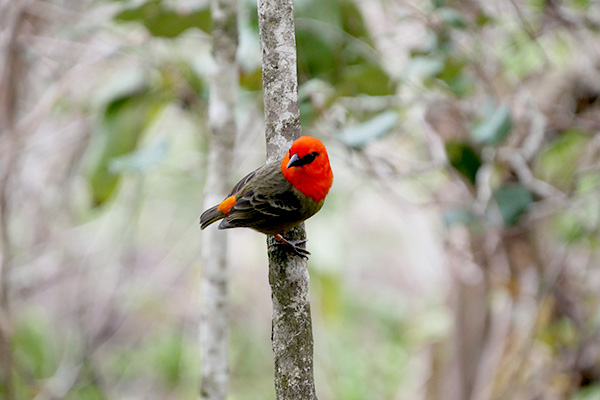
Mauritius Fody 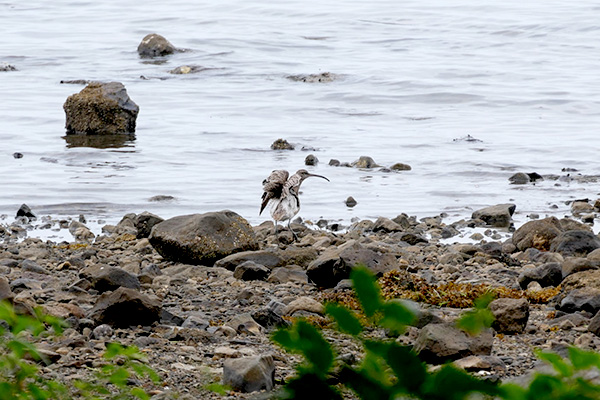
Whimbrel resting near the point where oil cleanup is completed 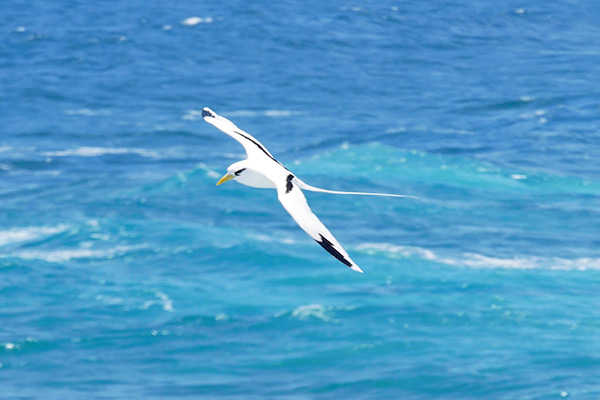
White-tailed Tropicbird flying near the grounding point In first days after the oil spill occurred, we were concerned about direct damage from the oil slick killing these rare species and waterbirds in coastal areas. There is only one Striated Heron reported to be found dead shortly after the oil had reached the coast in August. Fortunately, however, the oil spill had no impact of the forest habitats of the island's endangered species, and local residents and cleaning companies acted swiftly to collect the spilled oil, so as of December, we have no other confirmed case of directly damaged birds.
On the other hand, the indirect/mid- and long-term impacts are unknown. We need to continually monitor not only the polluted areas but also non-polluted areas, even after the completion of oil collection and cleanup. The extinct dodo is gone forever, but as we work to restore Mauritius' original, beautiful nature and ecosystem, I feel it is indispensable to preserve and protect the environment of inland areas of the island, as well as coastal areas affected by the oil spill.Note 1: Reference materials:
Norder et al. (2017) Assessing temporal couplings in social–ecological island systems: historical deforestation and soil loss on Mauritius (Indian Ocean). Ecology and Society22: 29.Note 2: National Parks and Conservation Service:A government organization that manages the national park and protects rare species.
Note 3: The Mauritian Wildlife Foundation:An NGO that engages in conservation of rare species inhabiting Mauritius.
* BirdLife International is one of the oldest international environmental NGOs in the world, founded in the United Kingdom in 1922, working together towards the sustainable use of natural resource. The organization strives to conserve birds, their habitats, and global biodiversity.(Check here for introductory video)
Masayoshi Kamioki is a Research Fellow at BirdLife International Tokyo. He has arrived in Mauritius on October 25, and has been carrying out local survey of the WAKASHIO incident's impact on birds in cooperation with Taku Mizuta of Yamashina Institute for Ornithology and local organization, as a part of the Natural Environmental Protection and Recovery Project of MOL.


